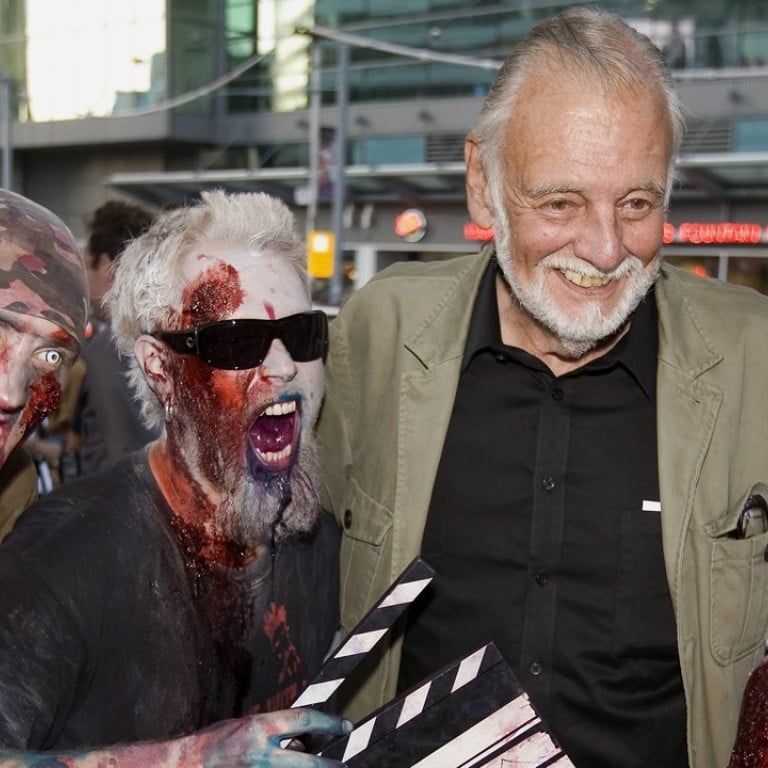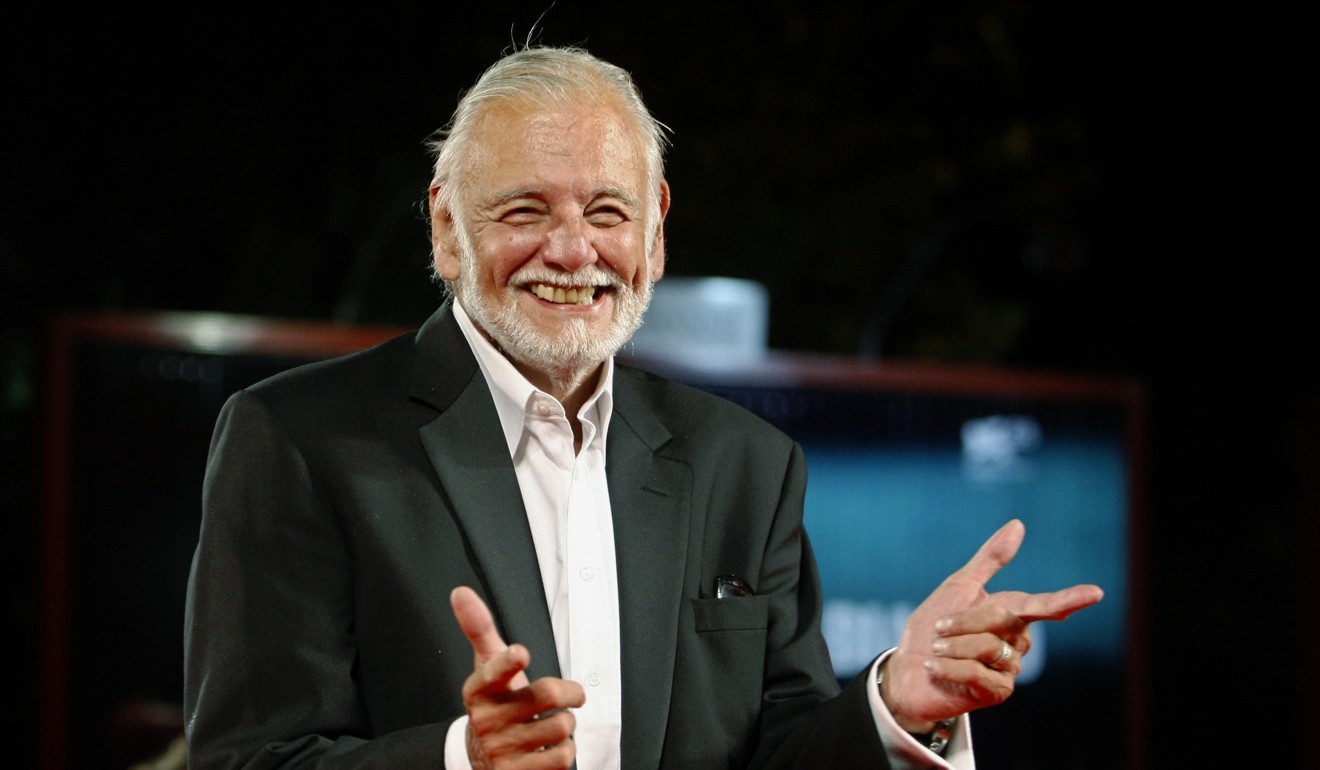
Director George Romero, who bought zombie genre to life, has definitely died at 77
Romero used gory horror films into engage in astute social commentary, with his zombies serving as metaphors for social ills
George Romero, whose classic Night of the Living Dead and other horror films turned zombie movies into social commentaries and who saw his flesh-devouring undead spawn countless imitators, remakes and homages, has died. He was 77.
Romero died Sunday following a battle with lung cancer, said his family in a statement provided by his manager Chris Roe. Romero’s family said he died while listening to the score of The Quiet Man, one of his favourite films, with his wife, Suzanne Desrocher, and daughter, Tina Romero, by this side.
Romero is credited with reinventing the movie zombie with his directorial debut, the 1968 cult classic, Night of the Living Dead. The movie set the rules imitators lived by: Zombies move slowly, lust for human flesh and can only be killed when shot in the head. If a zombie bites a human, the person dies and returns as a zombie.
Romero’s zombies, however, were always more than mere cannibals. They were metaphors for conformity, racism, mall culture, militarism, class differences and other social ills.
“The zombies, they could be anything,” Romero told The Associated Press in 2008. “They could be an avalanche, they could be a hurricane. It’s a disaster out there. The stories are about how people fail to respond in the proper way. They fail to address it. They keep trying to stick where they are, instead of recognizing maybe this is too big for us to try to maintain. That’s the part of it that I’ve always enjoyed.”
Night of the Living Dead, made for about US$100,000, featured flesh-hungry ghouls trying to feast on humans holed up in a Pennsylvania house. In 1999, the Library of Congress inducted the black-and-white masterpiece into the National Registry of Films.

“(Night of the Living Dead) was so incredibly DIY I realised movies were not something that belonged solely to the elites with multiple millions of dollars but could also be created by US, the people who simply loved them, who lived in Missouri, as I did,” wrote James Gunn, the Guardians of the Galaxy director, who penned the 2004 remake of Dawn of the Dead.
Romero’s influence could be seen across decades of American movies, from John Carpenter to Edgar Wright to Jordan Peele, the Get Out filmmaker. Many considered Night of the Living Dead to be a critique on racism in America. The sole black character survives the zombies, but he is fatally shot by white rescuers. Peele on Sunday tweeted a photo of that character, played by Duane Jones, and wrote: “Romero started it.”
Ten years after Night of the Living Dead, Romero made Dawn of the Dead, in which human survivors take refuge from the undead in a mall and then turn on each other as the zombies stumble around the shopping complex.
Film critic Roger Ebert called it “one of the best horror films ever made — and, as an inescapable result, one of the most horrifying. It is gruesome, sickening, disgusting, violent, brutal and appalling. It is also ... brilliantly crafted, funny, droll, and savagely merciless in its satiric view of the American consumer society.”
Romero had a sometimes combative relationship with the genre he helped create. He called The Walking Dead a “soap opera” and said big-budget films like World War Z made modest zombie films impossible. Romero maintained that he wouldn’t make horror films if he couldn’t fill them with political statements.
“People say, ‘You’re trapped in this genre. You’re a horror guy.’ I say, ‘Wait a minute, I’m able to say exactly what I think,’ ” Romero told the AP. “I’m able to talk about, comment about, take snapshots of what’s going on at the time. I don’t feel trapped. I feel this is my way of being able to express myself.”
The third in the Romero’s zombie series, 1985’s Day of the Dead, was a critical and commercial failure. There wouldn’t be another Dead film for two decades.
Land of the Dead in 2005 was the most star-packed of the bunch — the cast included Dennis Hooper, John Leguizamo, Asia Argento and Simon Baker. Two years later came Diary of the Dead, another box-office failure.
There were other movies interspersed with the Dead films, including The Crazies (1973), Martin (1977), Creepshow (1982), Monkey Shines (1988) and The Dark Half (1993). There also was 1981’s Knightriders, Romero’s take on the Arthurian legend featuring motorcycling jousters. Some were moderately successful, others box-office flops.
George Andrew Romero was born on February 4, 1940, in New York City. He grew up in the Bronx, and he was a fan of horror comics and movies in the pre-VCR era.
“I grew up at the Loews American in the Bronx,” he wrote in an issue of the British Film Institute’s Sight and Sound magazine in 2002.
His favorite film was Michael Powell and Emeric Pressburger’s The Tales of Hoffman, based on Jacques Offenbach’s opera. It was, he once wrote, “the one movie that made me want to make movies.”
Romero struggled to get films made late in life. The last film he directed was 2009’s Survival of the Dead, though other filmmakers continued the series with several sequels, including a recently shot remake of Day of the Dead.
But Romero held strong to his principles. A movie with zombies just running amok, with no social consciousness, held no appeal, he often said. “That’s not what I’m about.”

